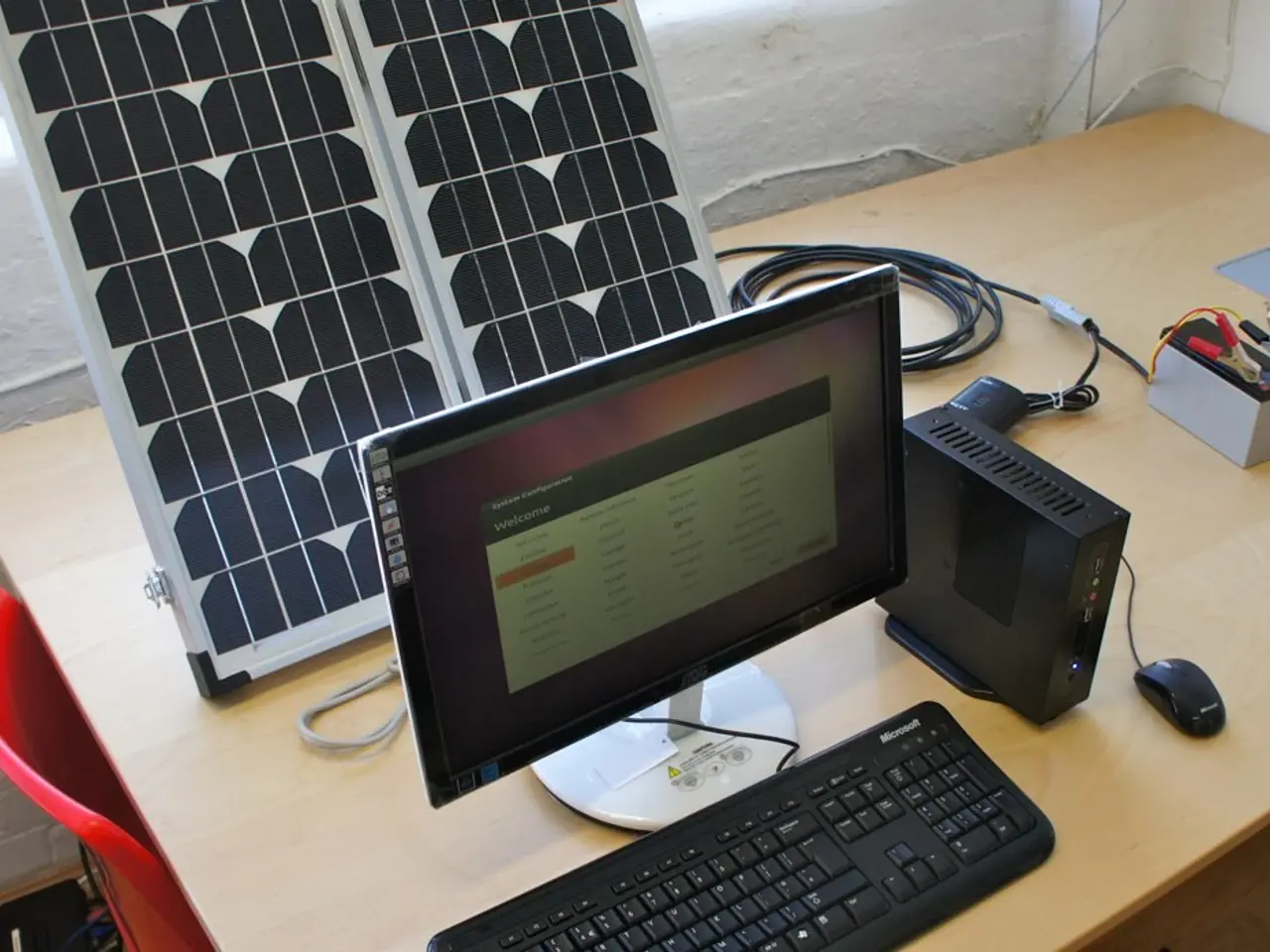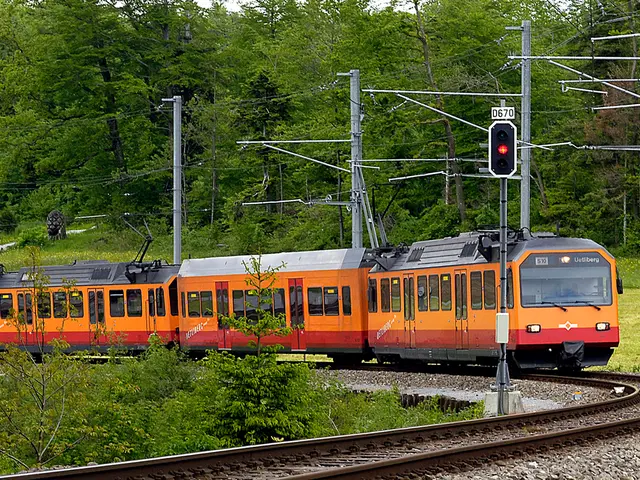Germany's Solar Power Now Covers 15% of Electricity Consumption
Germany's solar power sector has reached a significant milestone, with solar energy now covering nearly 15 percent of the country's electricity consumption. This remarkable achievement comes after years of expansion, with over 5 million photovoltaic systems registered and a total capacity of around 104 gigawatts installed.
The growth in solar power can be attributed to the Renewable Energy Act (EEG), introduced in 2000 by Hermann Scheer. This policy, often referred to as the 'initiator of the expansion of solar energy', introduced feed-in tariffs that significantly boosted the adoption of solar and other renewable energy sources. Last year alone, Germany installed 17 gigawatts of new solar capacity.
The German Solar Industry Association (BSW-Solar) has hailed this progress as a 'milestone in the energy transition'. Large open-field systems have contributed significantly to this growth, generating nearly a third of the total solar power with around 31.5 gigawatts of capacity. Since 2024, over 1.25 million new solar systems have been added, including affordable balcony power plants and plug-in solar systems.
As of April 2025, around 5,005,000 photovoltaic systems have been registered in Germany. The distribution of installed solar capacity shows that 38 percent is for private homes, 32 percent for open-field systems, 29 percent for company roofs, and 1 percent for balcony power plants.
While solar power's contribution to Germany's electricity consumption is substantial, wind power remains the main pillar of renewable electricity generation, accounting for around 27 percent in 2024. The continued growth and diversification of renewable energy sources in Germany are expected to further strengthen the country's energy transition.
Read also:
- Senate Tillis under spotlight in North Carolina as IRA tax incentives remain uncertain
- projected growth for the natural acetoin market: $291.6 million by 2034
- Latest Edition of Bus-News Magazine Arrives for 2023!
- Testing the Camp Mode of the 2025 Tesla Model Y with Juniper's interior housing two kids, shockingly low CO2 levels were discovered.








